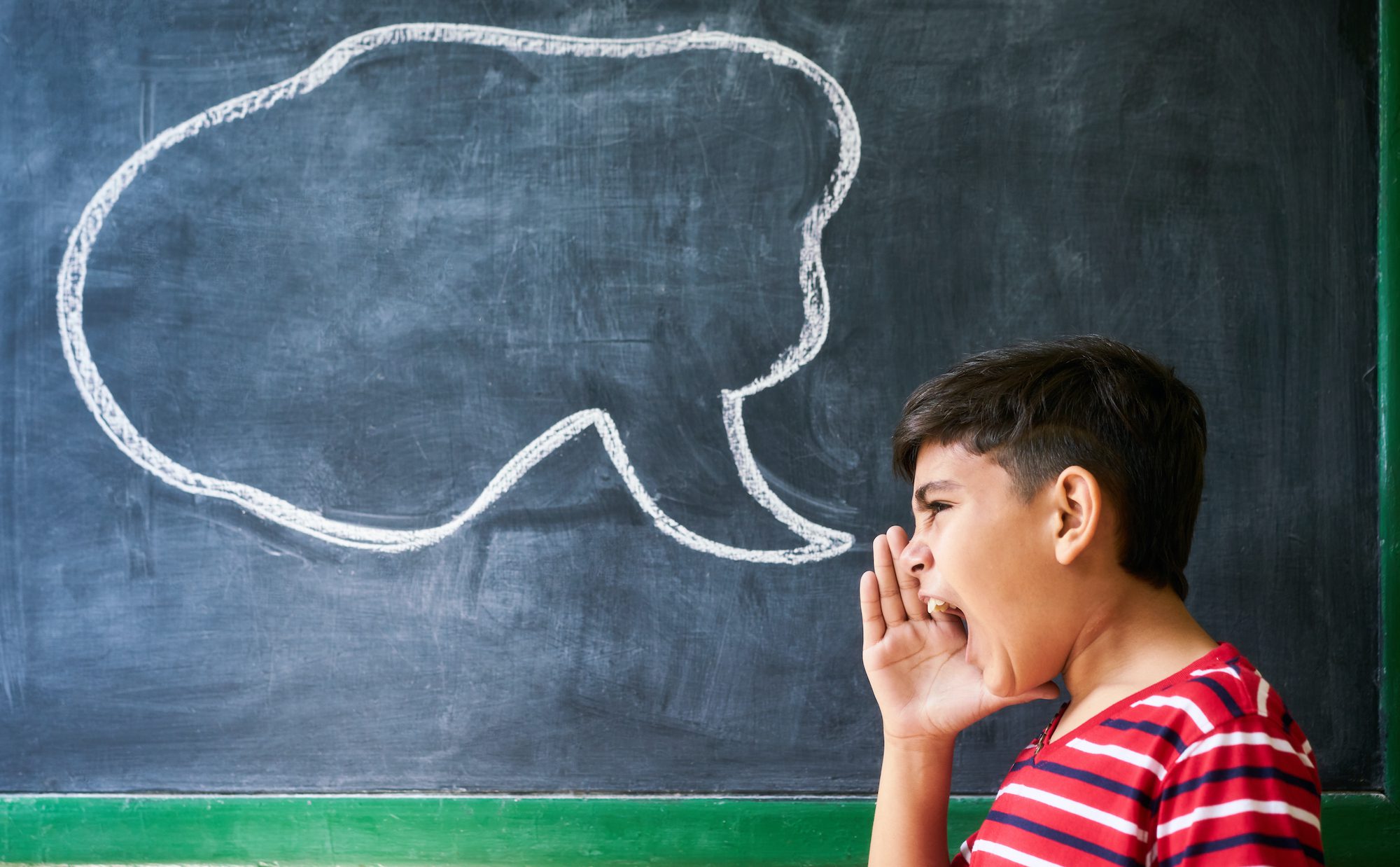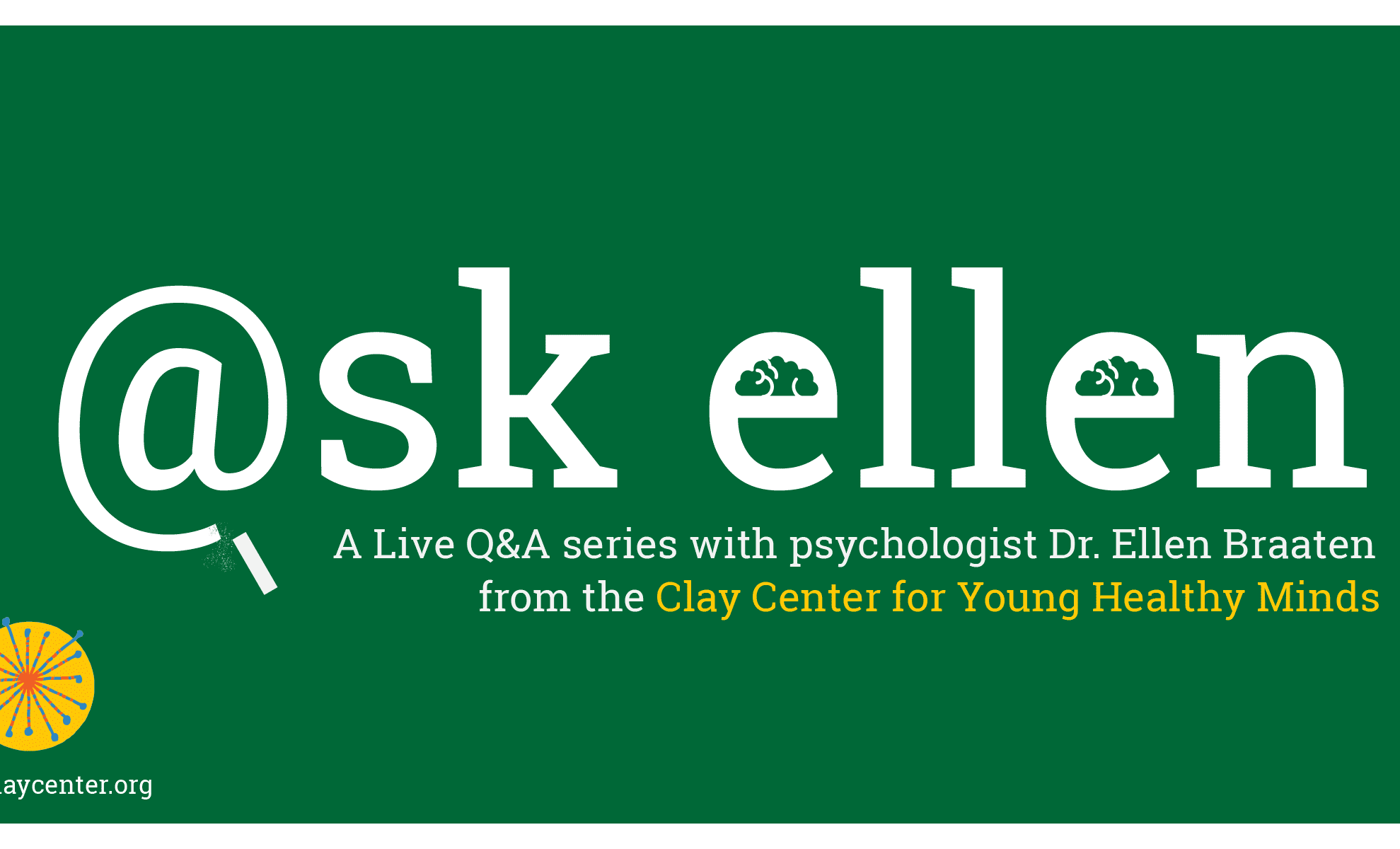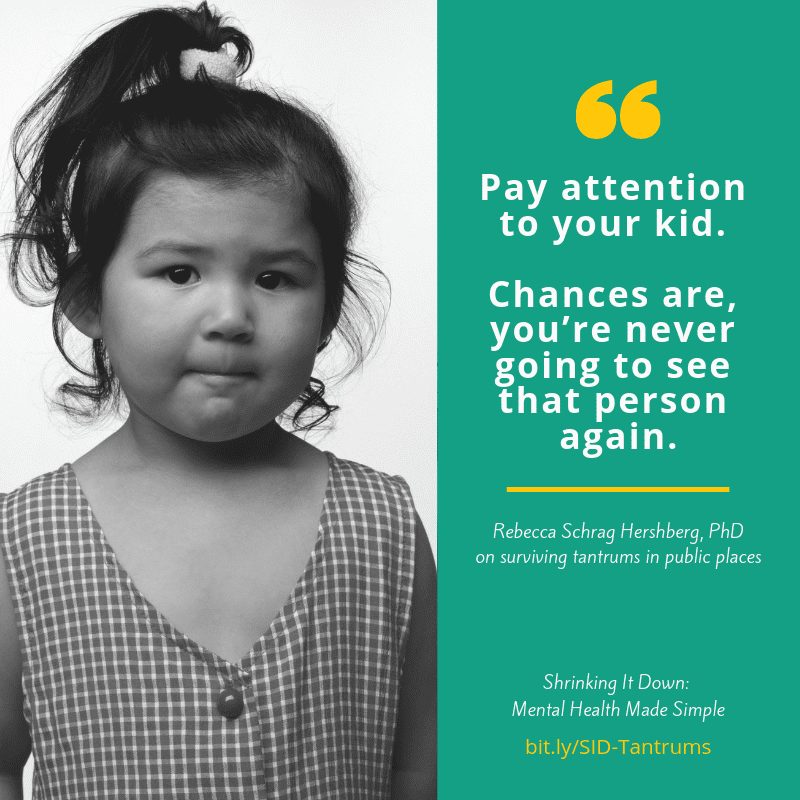Q+A: What Can I Do to Help My Preschool Kid Learn Anger Management?

Posted in: Parenting Concerns, Pre-School, You & Your Family
Topics: Behavioral Issues, Q+A
Question: My almost 4-year-old has been having a lot of angry tantrums lately, some that spiral out of control. What can I do to help them calm down?
It’s always good to start early in learning skills, and controlling anger and finding ways to channel it can begin in the preschool years. When it comes to anger, remember that kids ages three to six don’t really understand cause and effect, nor do they always know how to identify feelings. So, our major missions are to help them 1) know what they are mad about; 2) identify their anger; 3) learn skills to calm down; and 4) re-direct their anger into an activity that is productive and not destructive.
Let’s say your four-year-old, Sam, is angry because he wants to play with a Lego set his sister Jordan is using, but it is not Sam’s turn. Sam explodes in a temper tantrum and becomes aggressive toward Jordan. Here are some tips.
1. Count to Five. Try saying to Sam, “It’s Jordan’s turn to play with the Legos, and you will have another turn, but you just had one. Please stop grabbing the Legos from Jordan. I am going to count to five for you to stop.” Then, try the countdown. It might be surprising, but many young kids will stop. The counting gives them a chance to have some structure that they know sets a limit.
2. Use a Time Out. If the counting does not work, a “time out” may be helpful. Remember a few things about time outs: they are not punishments, but rather, a way to take a break in the normal course of action to allow the child to cool off. Time outs should be as long as the age of the preschooler. So, for a four-year-old like Sam, four minutes is just right, and he should sit in a chair, usually with you being present, so he sees he is not banished and alone. Finally, when the four minutes are up, it is time to talk about what happened and have a conversation so he understands what happened, and what he did, that led to the break in the normal course of events.
3. Help Them Identify Their Anger and Their Behavior. Whether you need to use a time out or not, it is wise to talk to Sam about what made him angry and how he responded. Be sure to have this right at the time of an explosion – when he was aggressive toward Jordan – and again once he has calmed down. Sam needs to be able to see that he was angry because he did not get to use the Legos and was furious that Jordan had them. Listen to Sam and validate that this made him very mad. Then, explain that we all need to take turns. Let Sam know you understand why he was angry, and that we all get angry when we can’t have what we want. But we need to find other ways to get our anger out and not throw things, attack someone else, or hurt ourselves.
4. Re-direct their Anger. Once you have used a technique to help him calm down, you can suggest alternatives to playing Legos, and maybe even find ways that channel his anger in positive ways. Every parent knows what their preschoolers like, so offering Sam other activities, like drawing a picture, playing with Playdough, or doing something active, can help direct their attention away from Jordan and the Legos.
5. Provide a Fair Playing Field. If you promised Sam that he would get another turn to play with the Legos, after a set amount of time, you can say it is his turn to use them. You might want to let Jordan know in front of Sam that he will have a turn in five minutes, and then set an alarm. The redirection of anger and the fulfillment of your pledge to give him a turn lets him know that even though he was angry, he can learn skills to cope and eventually get what he wants when the time is right.
6. Use Collaborative Problem Solving (CPS). Not all situations of anger in preschoolers involve this kind of scenario. Sometimes, a child will get angry simply because they don’t want to do something that they need to do, such as going out with you for an errand or an appointment. In cases like this, they may have a meltdown of some kind. Again, first try techniques to calm them. Then, use CPS to negotiate a win-win situation. CPS works for all of us at any age, so think developmentally when you use it for your preschooler. The key is that your child’s challenging behavior is not an act of will, but a lack of skill. All kids want approval, and all kids want to do well. Your job is to negotiate a solution such that they learn skills to help control their anger and you both get what you need. So, if Sam throws an angry fit about going out, and you need to take him with you, talk through the challenge:
- Try to identify Sam’s need – was he in the middle of playing a game, was he expecting to do some other activity, or is he feeling hungry?
- Explain your need – you have to go to the store, and it’s not safe to leave Sam home alone; or he needs to go to the doctor in order to stay healthy.
- Negotiate – maybe you give Same five more minutes to finish playing and mentally prepare to go, or let him know that he will still get to do the other activity he was expecting, or offer him a snack that he can eat in the car.
CPS can be used in many situations as a way to have a negotiated response to conflict and build coping skills, and it can become a skill kids learn for life.
Anger management begins young! The payoff is that it will become a lifelong skill that you can modify as your child grows older.

 Share
Share Tweet
Tweet





